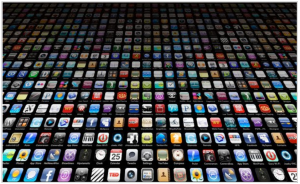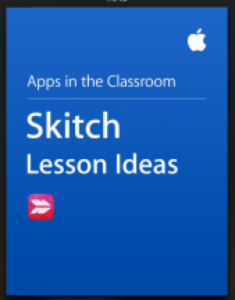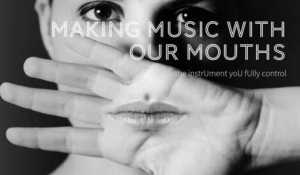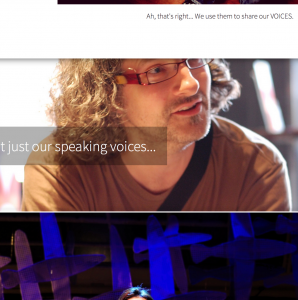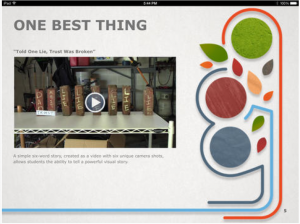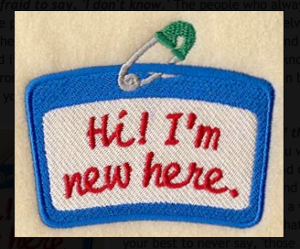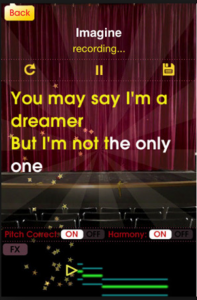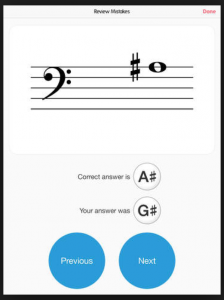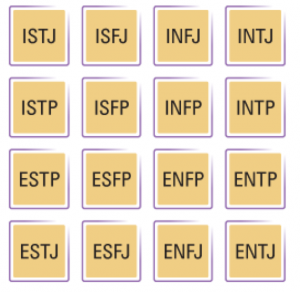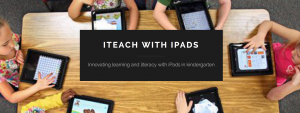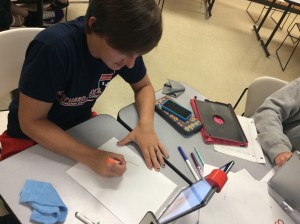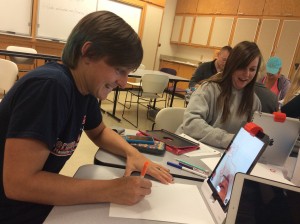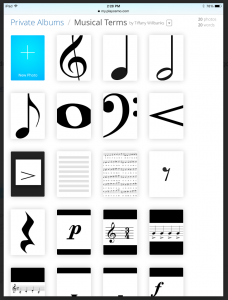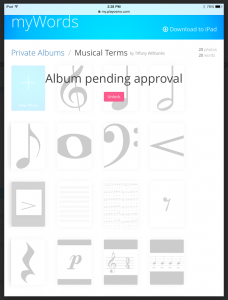Times are changing. Technology is growing.
Teachers are needing newer ways to be innovative in the classroom, connecting to their students through this technology, but still connecting the use of that technology back to the material and the purpose for learning in and of itself. That’s why the Apps in the Classroom series was created: to help teachers incorporate useful technology into their classroom.
There are multiple guides covering a wide range of subjects, each accompanied with a variety of activities for students to find more creative ways to learn. Out of all the guides, my favorites had to be Hopscotch, Stop Motion Studio, and Skitch because they synthesize fun into learning.
Skitch especially was an essential app in my eyes because it was a new way of note taking that students could modify to their own liking and needs. Students can share their creativity with one another as they crop, mark, doodle, and annotate work. This is a great way to help students finds what way of note-taking and research fits them best, and then they can discuss it even further together, challenging their peers to learn and grow. They can mark and add anything they need to so as to better help them understand the material in ways that best suit their learning styles. This would be great for analyzing music in my classroom setting; there would be less eraser marks, that’s for sure! You can find this app out of the 18 courses in the collection by looking in the Secondary Music guide.
